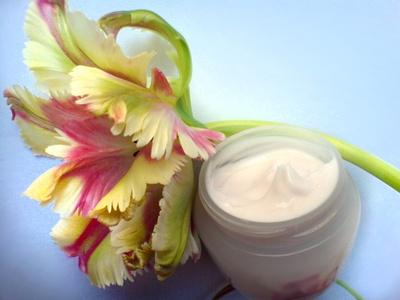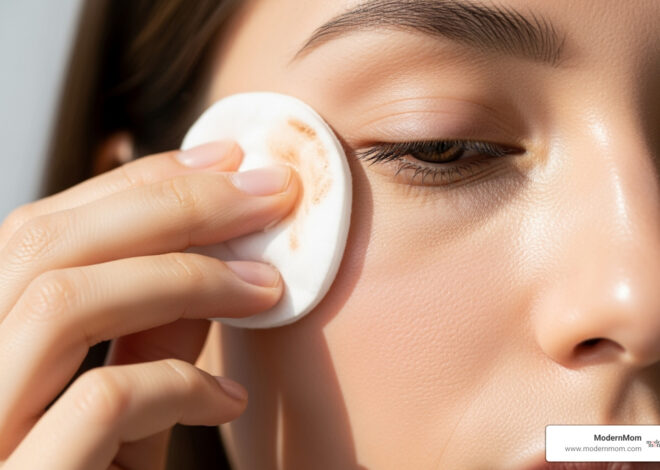Deep wrinkles around the eyes tend to happen as women age and can’t always be prevented, according to the Mayo Clinic. As the skin loses its natural elasticity, even ordinary activities, such as smiling or frowning, can cause wrinkles. Women who smoke are also at a higher risk of deep wrinkling. No matter what caused unwanted wrinkles, medical professionals can usually offer several types of treatments to reduce or eliminate the appearance of wrinkles
Considerations
Over-the-counter creams and treatments, such as laser skin resurfacing, don’t usually work for deep wrinkles, according to the Mayo Clinic. Medications are also better for dealing only with fine lines. Thus, the only potentially effective treatment for deep wrinkles around the eyes is injections of cosmetic wrinkle fillers. Also, such injections aren’t necessarily right for every affected woman’s individual health profile.
Types of Injections
Botox injections are not the only way to try to smooth out those wrinkles cosmetically, according to the Food and Drug Administration and the Mayo Clinic. Qualified doctors can inject collagen, lubricating hyaluronic acid gel, calcium hydroxylapatite, poly-L-lactic acid or polymethylmethacrylate beads as wrinkle fillers. Some of these injections also include lidocaine to help numb the treatment site and reduce the risk of unnecessary pain.
Potential Risks
All cosmetic wrinkle fillers carry the risk of side effects, some of which are even potentially life-threatening, according to the FDA. Severe allergic reactions, death of the treated skin, blurred vision with flu-like symptoms and infections can all result from cosmetic wrinkle filler injections. Other potentially painful yet less-serious side effects include itching, bruising, redness, tenderness and swelling. Keep in mind that you could also end up with some potentially disfiguring side effects like the raised skin nodules called granulomas, abscesses, scarring, open or draining wounds or the wrinkle filler itself breaking through the treated area and showing up on the skin.
Time Frame
Usually, women who use cosmetic wrinkle injections must get them every six months, according to the Mayo Clinic. However, Botox results may only last about three months in some women.
Warnings
Women under 18, as well as breast-feeding or expectant moms, should not have cosmetic wrinkle injections, according to the FDA. Botox is considered especially dangerous and should only be used as a last resort; keep in mind that patients can get botulism, which is a potentially fatal virus, from the filler itself.
Photo Credit
- face cream image by PinkShot from Fotolia.com





